I’m sure many of you of a certain age fondly recall thumbing through the latest Sears catalog, a printing large enough to be used as the cornerstone of a NYC high-rise. Inside were images of practically everything imaginable—coats, shirts, shoes, shotguns, furniture, cookware, bedding, and toys, and more toys, toys and toys. The catalog was definitely the source of many kid’s dreams and holiday and birthday wish lists.
Well, cops and other public safety officials had their own book of wish list items. For them, it was the Galls catalog that initiated dreams of shiny new doohickeys. There was page after page of boots, clothing, sparkling new handcuffs, badges, flashlights of all types, knives, pepper spray, duty belts, survival gear and, well, the array of the latest “toys” and cool things was practically endless. And secretly we salivated over nearly every item.
Today, it pleases me to introduce you Lauren Hoyt, a marketing specialist for Galls, the company behind the catalog of public safety items. Lauren generously offered to explain why police use different siren tones, instead of all using the same ear-splitting warning sounds. And yes, for less than the cost of attending most writers conferences, public safety agencies may even purchase a siren of their choosing by visiting the Galls online site. They offer a wide assortment.
And now, here’s Lauren Hoyt.
Have you ever wondered why the police car speeding past you keeps changing their siren tones? You’re not the only one.
You might think that one loud siren was enough to get your attention, but that might not be the case for other drivers and pedestrians around you. Depending on the circumstance, police officers choose siren tones based on what they think will work best in that situation.
Siren tones are arbitrary, and certain tones do not indicate specific emergencies. However, certain siren tones can be more advantageous for a police officer to use depending on the incident.
Types of Siren Sounds
Sirens consist of many different parts. Adjusting sirens’ amplifiers, circuits, modulators and oscillators (electronic currents that produce periodic signals) create many distinct tones and rhythmic patterns. These rhythmic patterns have many variations that can be controlled as well as their sound output, allowing pedestrians to differentiate between the type of oncoming emergency vehicles. Some of the most common siren tones include (click the links below to hear the siren sounds):
Wail: Say you’re driving on an open road when suddenly, you hear a speeding police car not too far off in the distance. You’re most likely hearing a wail siren tone, a pattern of slow, automatic increasing and decreasing frequencies.
Yelp: As that police car gets closer, you notice the sound has changed to a louder and more rapid tone. In many cases, the officer has switched out the wail siren tone for the yelp tone to alert you they’re quickly approaching.
Airhorn: If you somehow missed that yelp siren, you’ll get an unpleasant earful of the airhorn – a deep, low sound that’s much like a car horn, but 10 times louder. If you hear this siren, that means you really need to move out of the way. The airhorn tone is especially useful at intersections and can come out in short, medium or long bursts.
Piercer: In heavy traffic, you’re likely to hear the piercer tone, a pattern of short, high-pitch frequencies in a high-speed cycle. This siren has a much higher frequency and breaks through the noise of running cars, music and horns.
Howler: Have you ever been in a situation where you can hear and feel the vibrations of an incoming siren? It’s more common than you think. What you’re experiencing is the howler tone, a pattern of deep, low frequencies used in conjunction with another siren. It’s made as an added layer of warning that the driver can both hear and feel.
These are some of the most common examples of emergency vehicle siren tones, but there are many other tones from a variety of manufacturers.
Functions of the Police Siren
Some might think that police take advantage of their sirens to run red lights or get home quick, but that’s not the case. They use them to safely navigate traffic when an emergency or crime is occurring. Depending on the severity of the situation, one or more siren tones may be necessary to use. Some of these situations include:
Crime: Just the sound of a siren can deter a crime in progress. This not only scares the criminal away but also avoids a potentially dangerous situation where lives are on the line.
Traffic: When traffic is heavy, officers tend to alternate between sirens to make sure they are heard through the hustle and bustle of rush hour.
Traffic Violations: In the case of a minor traffic violation, such as running a red light or speeding, it’s common for officers to use one siren or just their police lights.
Multiple Cruisers: Some calls require multiple police officers on the scene. When units are near one another, each officer will use a different tone to alert drivers that there’s more than one incoming police vehicle.
Safety: In order to avoid dangerous collisions, officers will use both their lights and sirens – especially when going through intersections. Sirens also alert pedestrians when it’s not safe to cross the street until all incoming police cars have gone by.
What to do When You Hear an Emergency Siren
At the sound of an emergency siren, what do you do? Panic? Veer to the left while others veer to the right? No, this is a common mistake made by many drivers and is considered dangerous.
When you veer to the left, the emergency vehicle is forced to split through the middle of the lane. First responders don’t like having to do this because they run the risk of a car in the left lane pulling back to the right and possibly causing a collision.
When you see an emergency vehicle approaching from the rear, your best course of action is to safely pull to the right when you can and come to a full stop. By having everyone shift to the right, this clears the left lane and allows emergency vehicles to safely pass through.
Another error to avoid is running a red light. Some drivers will run a red light when they feel they’re in the way of the emergency vehicle. This is a very dangerous move that can endanger yourself and other drivers. It’s up to the first responder to find a way around you, so if you can find a way to move to the side without entering the intersection, that’s the best course of action.
Lauren Hoyt is a marketing specialist for Galls, LLC, a leading provider of police and public safety uniforms. For over 50 years, Galls has serviced the needs of America’s public safety professionals with a full range of duty gear and apparel from top brands, as well as uniform fittings and customizations.
*Photo credit – © Galls, LLC / Wood, Cameron US15

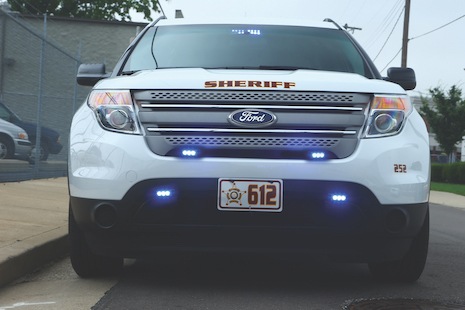

 A few weeks ago, my girlfriend Cheryl read a novel by
A few weeks ago, my girlfriend Cheryl read a novel by 







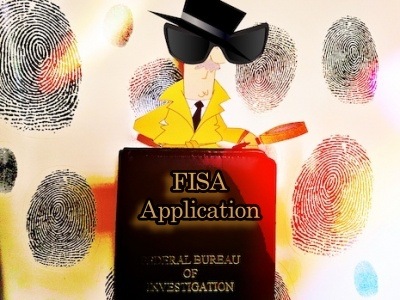



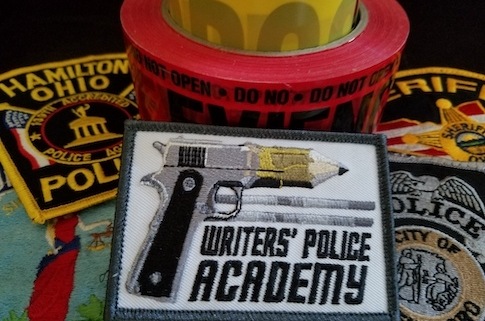
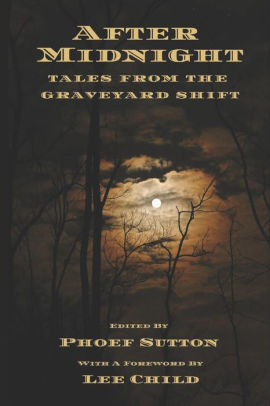


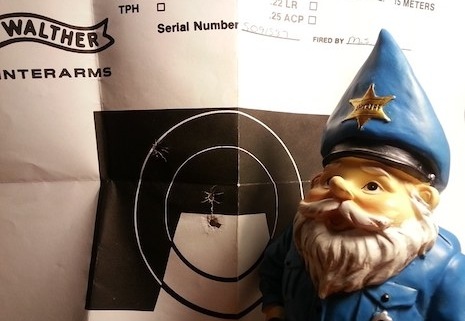

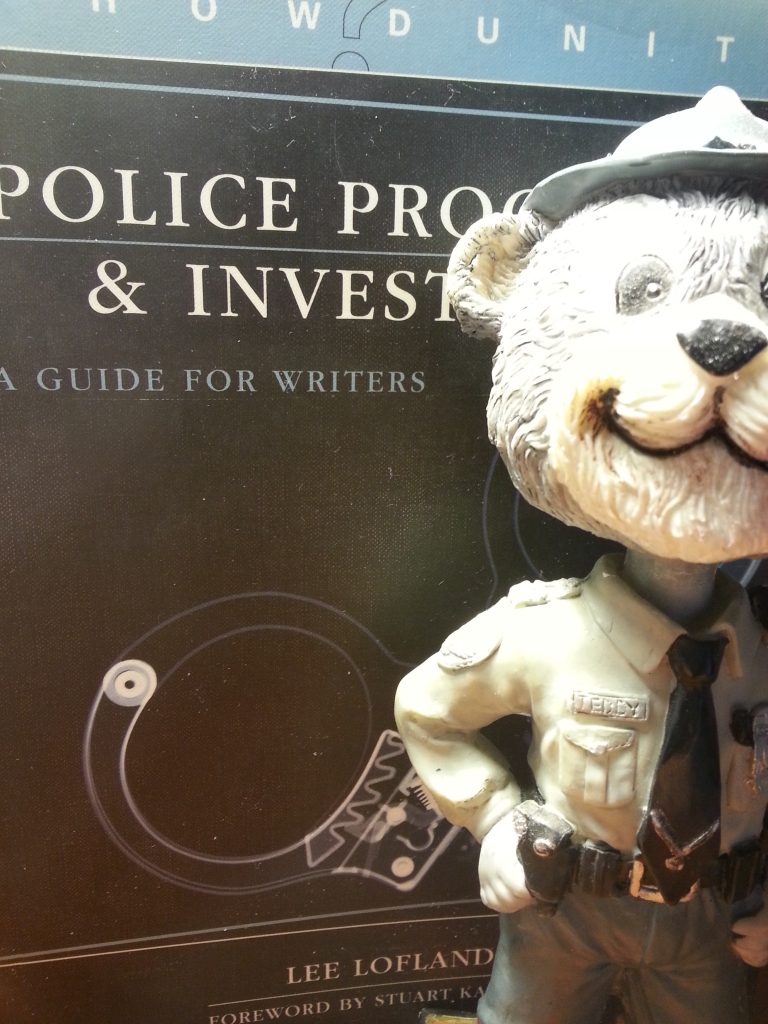
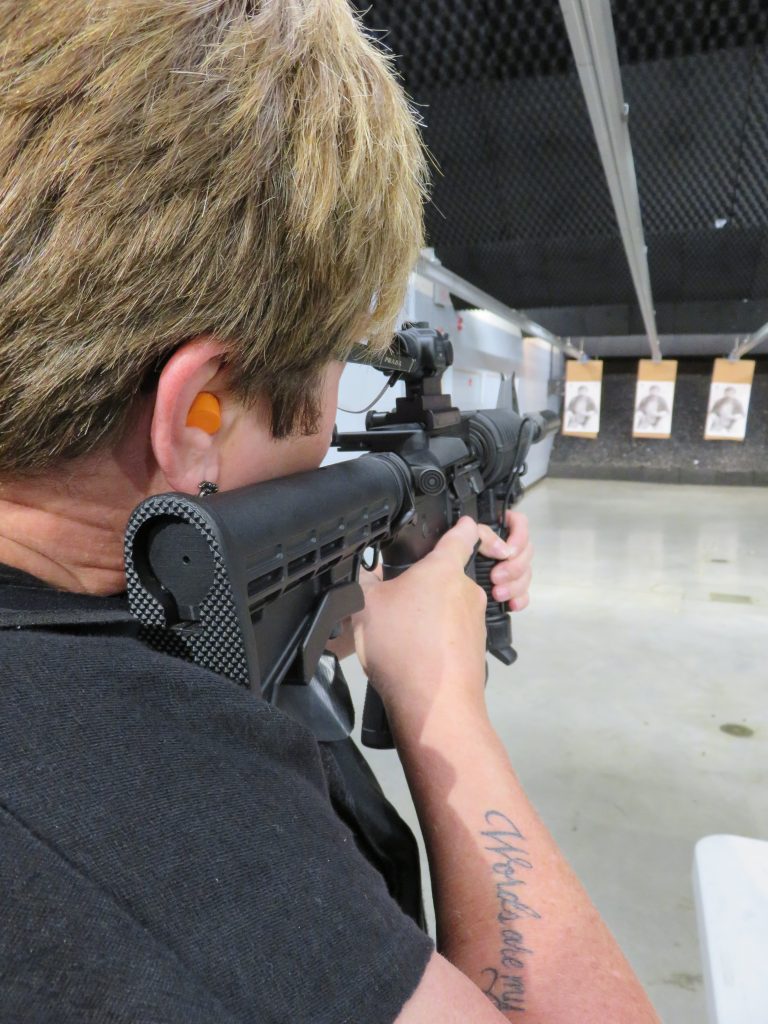
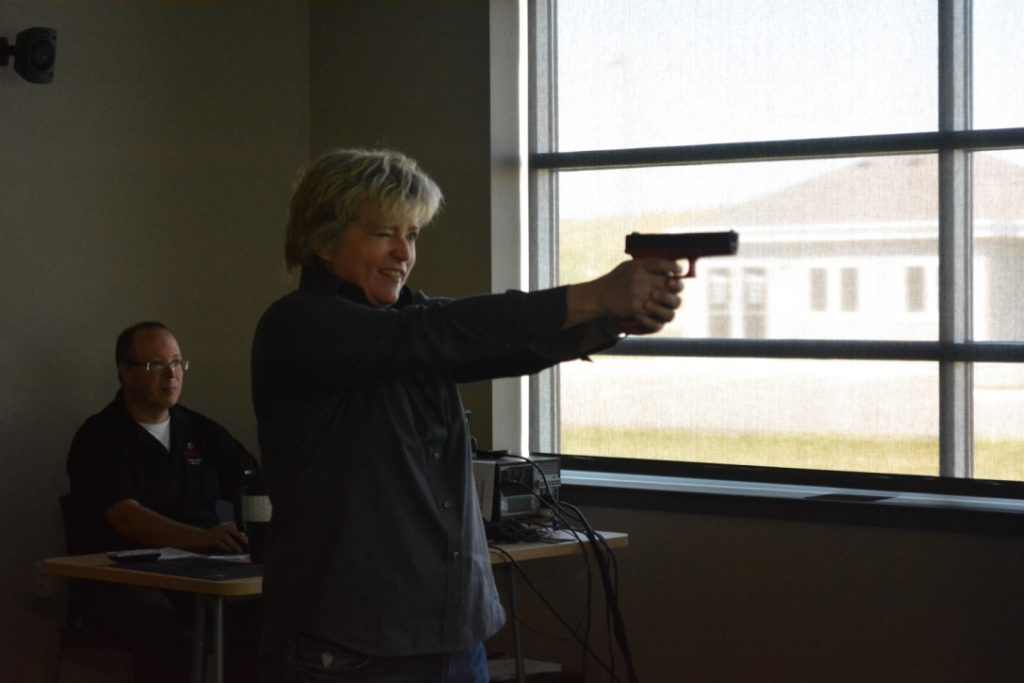
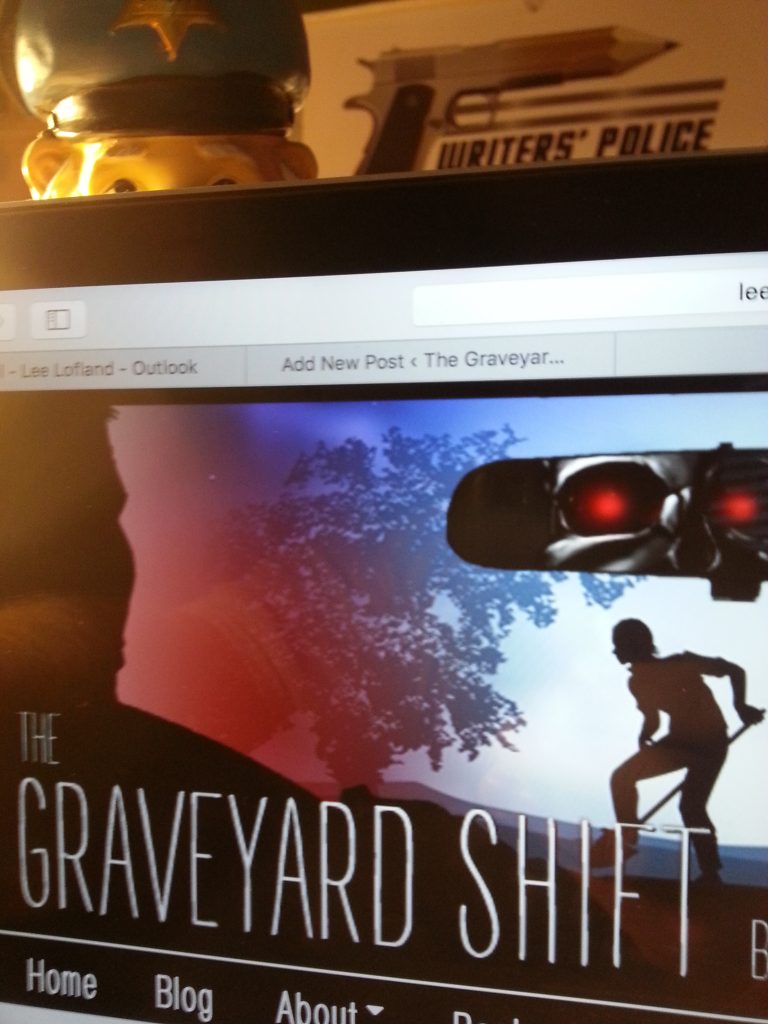


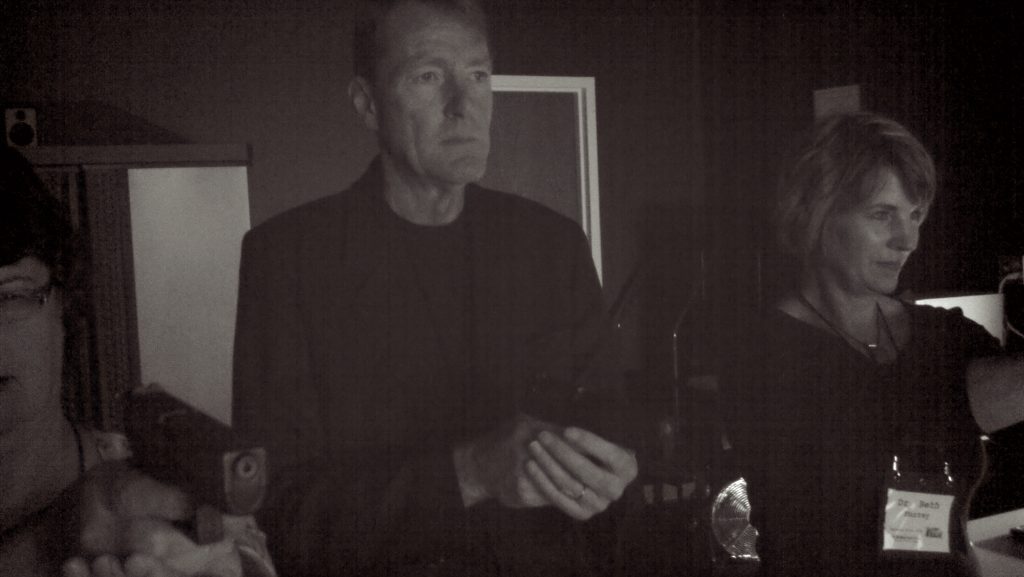


 They simply weren’t talking.
They simply weren’t talking.

